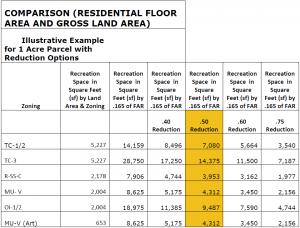I rushed back from Asheville this evening and missed the announcement (WCHL1360 and Daily Tar Heel) that Chief Brian Curran is resigning effective Nov. 30th.
I posted Sept. 24, 2007 when Brian was appointed.
I’ve had an opportunity to meet Brian in a few different venues these last few months and my initial impression that he was a talented officer capable of leading our department through transitional times has only been strengthened.
When he was initially appointed to take Chief Jarvies position I did a little research and was impressed by the commitment he has shown our Town.
When Town Manager Roger Stancil cast a wide net seeking a new Chief, I was hoping that our own law enforcement folks would be considered fully. With the failure to secure Roger’s first choice (due to the candidate’s failure to pass a health exam), I was looking forward to a re-evaluation of our home team bench.
I’ve gotten to know Brian a bit more since then and, more importantly, seen him in action – facing some rather stiff challenges over the last 3 years.
At the time Roger had charged Brian with the following goals:
- Assess the department, involving our employees and the community to tell us what we are doing well and where we have opportunities for improvement.
- Create a leadership development program for our officers and our non-sworn employees to develop our future leaders internally.
- Take positive steps to create a diverse command and supervisory structure that represents the various cultural faces of Chapel Hill.
- Expand the community policing efforts of the department so that community policing becomes a belief system within our department.
- Take the lead in innovation and teamwork to find solutions to community issues.
Brian has definitely made progress on these goals – as exemplified by the most recent community outreach effort and development of set of measurable strategic goals (two more chances to attend – information here).
It appears from WCHL’s report that Roger will be trying to fill the position from within – good news as one of Brian’s achievements was to strengthen our internal leadership while creating a more innovative command structure that can deal with Chapel Hill’s issues in a Chapel Hill way.
If Roger reaches out beyond our staff, I expect him to pull some expertise and advice from our community in finding a candidate.
Congratulations Chief. Thank you for your service. And thank you for shepherding us through one more Halloween!





